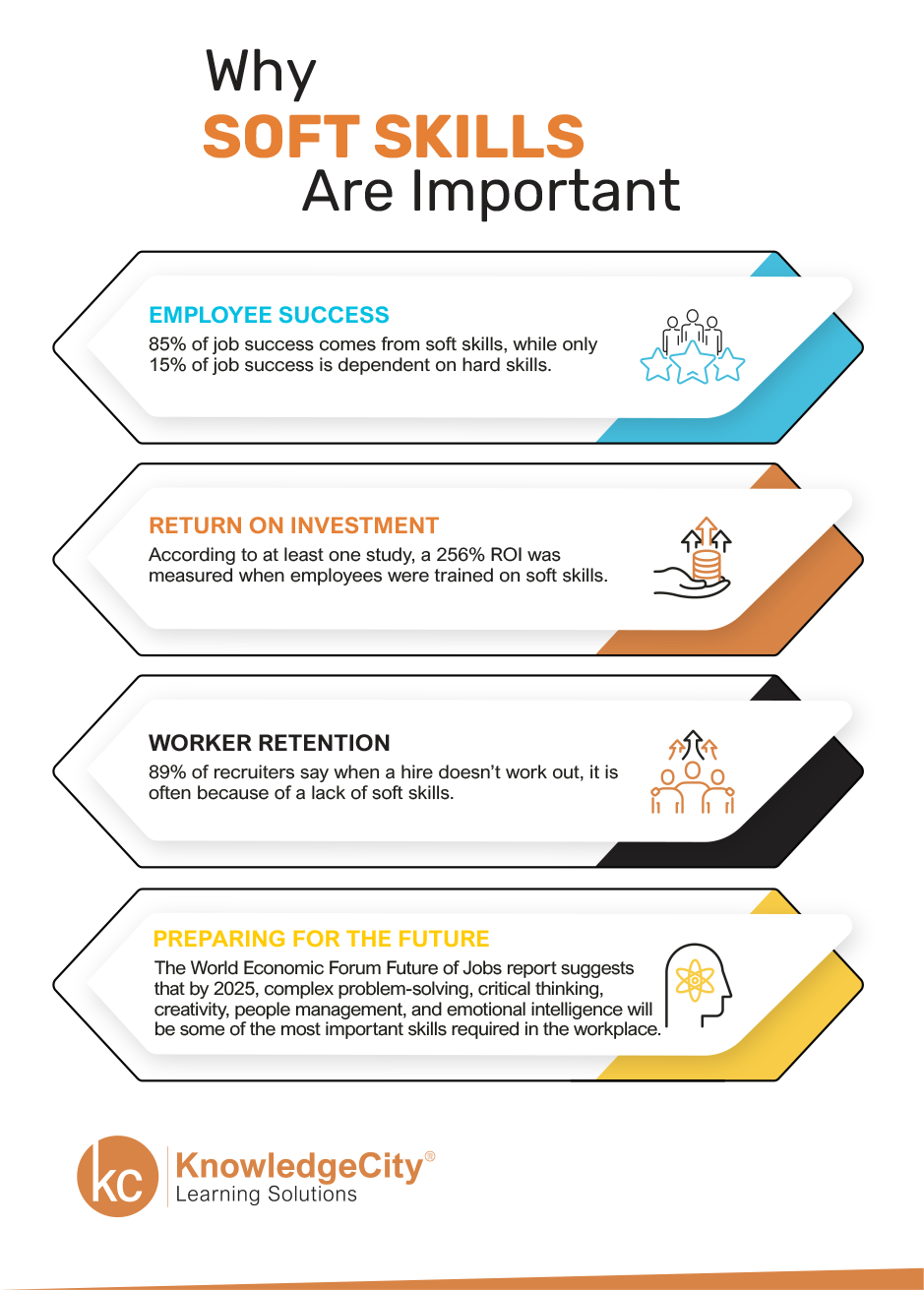“Recruiting is hard. It’s just finding the needles in the haystack. You can’t know enough in a one-hour interview” - Steve Jobs
Truer words have never been spoken!
The world of technology is a buzzing hive of innovation, where groundbreaking ideas take flight; ideas that hold the potential to change the world forever. However, it’s not easy to survive, let alone thrive, in this digital ecosystem. Companies that are ahead are the ones that have invested in assembling a powerhouse team of extraordinary people, those that take concepts and turn them into reality.
The problem? They aren’t easy to find.
In Part 1 of this blog series, we uncovered 5 of the most common challenges (and their solutions!) in tech recruitment that leave even the most seasoned recruiters feeling disheartened- the financial strain, talent drought, passive candidates, lengthy hiring processes, and evolving skill requirements.
Your journey continues here.
Navigating the Recruitment Maze
Balancing Soft and Technical Competencies
A key mistake recruitment teams do is to weigh in too heavily on the technical aspects of the job description while overlooking the soft skills. They go hand-in-hand and often are not of much use without the other.
Evaluating both technical proficiencies and soft skills is crucial to identify candidates who not only possess the technical know-how but also have the right cultural fit and the ability to collaborate effectively within the organization.
Technical skills, such as coding languages, data analysis, or system administration, require a deep understanding of specific tools and technologies. On the other hand, soft skills, such as communication, problem-solving, and teamwork, are equally vital for success in a tech role, as they contribute to effective collaboration, innovation, and adaptability within a dynamic work environment. According to LinkedIn Global Talent Trends, 91% of HR professionals think soft skills give job candidates a competitive edge in a job search.
Moreover, one is quantifiable, and the other is arguably not.
Your evaluation criteria should be specified for both technical and soft skills. Employ a multifaceted approach to skill assessment that combines various methods and tools. Consider using coding assessments, technical interviews, case studies, behavioral interviews, and psychometric tests. By using a combination of methods, you can gain a more comprehensive understanding of candidates' capabilities.
You can also consider using role-specific simulation, behavioral/situational interviews, and collaborative assessments for the same.
Tight Hiring Timeframes
Time is of the essence today. Teams often face the challenge of working with tight hiring timeframes, where the pressure to find and secure top talent quickly is paramount. This is usually dictated by various factors, including project deadlines, market demand, and the need to quickly fill critical positions.
While the urgency to hire swiftly is understandable, it's crucial to strike a balance between speed and making well-informed hiring decisions. Rushing through the recruitment process can lead to subpar candidate selection, resulting in potential mismatches and costly replacements down the line.
The best way to overcome this challenge is to plan ahead and have frequent communication and collaboration with the leadership and management teams. By understanding the projects the company is working on, it’ll be possible to better predict when and how the team would need an extra pair of hands on board.
Additionally, instead of adopting a broad and generic approach, focus your sourcing efforts on targeted channels to attract the most relevant candidates quickly. Engage with recruitment platforms or headhunters who have expertise in the tech industry to tap into their networks and access pre-qualified candidates efficiently.
Prepare comprehensive onboarding materials and resources in advance, including training plans, orientation materials, and access to relevant tools and systems. By having a well-structured onboarding process, you can expedite the integration of new hires into the organization, enabling them to become productive contributors quickly.
The Rise of the Gig Economy
The gig economy offers professionals the freedom to choose their projects, work on their terms, and explore diverse opportunities. This trend has created a pool of highly skilled individuals who prefer the flexibility and variety that gig work provides. Estimates from Forbes suggest that by 2027, more than half of the American workforce could be freelancers.
However, this can pose challenges for traditional recruitment approaches that primarily focus on full-time, long-term commitments.
So, should you adapt?
The answer is Yes and No! It all boils down to your individual requirement.
If your company’s project is short-term and your team is comfortable with flexible work arrangements, gig workers can be a great addition as they are relatively cheaper, have high expertise, and are adept at taking on diverse assignments. It also makes it easier to work with people from different geographies and backgrounds.
However, not every requirement can be fulfilled with a gig worker alone. Certain roles may demand long-term commitment, deep integration within teams, or specialized domain knowledge that may be better suited for full-time employees. The nature of some projects may necessitate a cohesive team dynamic and ongoing collaboration, which can be challenging to achieve with a constantly changing roster of gig workers.
The best way to overcome this challenge is to be crystal clear with your organization’s requirements and prepare in advance.
Talent Retention
As we had mentioned, the challenges don’t stop once you acquire the right talent. Retaining that talent is just as important!
According to research from LinkedIn, the tech turnover rate stands at 13.2%, the highest turnover rate of any sector.
As companies vie for skilled professionals, the risk of losing valuable team members to competitors is a constant concern. Retaining top tech talent requires a proactive approach that goes beyond competitive compensation packages. It’s essential to understand the key drivers of employee satisfaction and create an environment that cultivates engagement and long-term commitment.
Understand what your talent prioritizes. For top technology professionals, it is really important for them to remain engaged through meaningful projects and responsibilities that align with their skills and aspirations. Foster a sense of purpose by demonstrating how their work contributes to the organization's mission and objectives. Encourage innovation and provide opportunities for professional development to continuously challenge and stimulate their growth.
Promote a positive work culture, foster inclusivity, and reward achievements and contributions. Also, while it is not the most important factor, ensure your compensation and benefits are attractive. Additionally, provide perks that support work-life balance and well-being, such as flexible schedules, remote work options, and comprehensive health and wellness programs.
At Global Talent Exchange, we have a thorough understanding of these challenges and have been smoothly helping some of the biggest companies in the world overcome them. Our extensive network spans more than 40 tech hubs globally, giving us unparalleled access to a diverse pool of highly skilled professionals.











